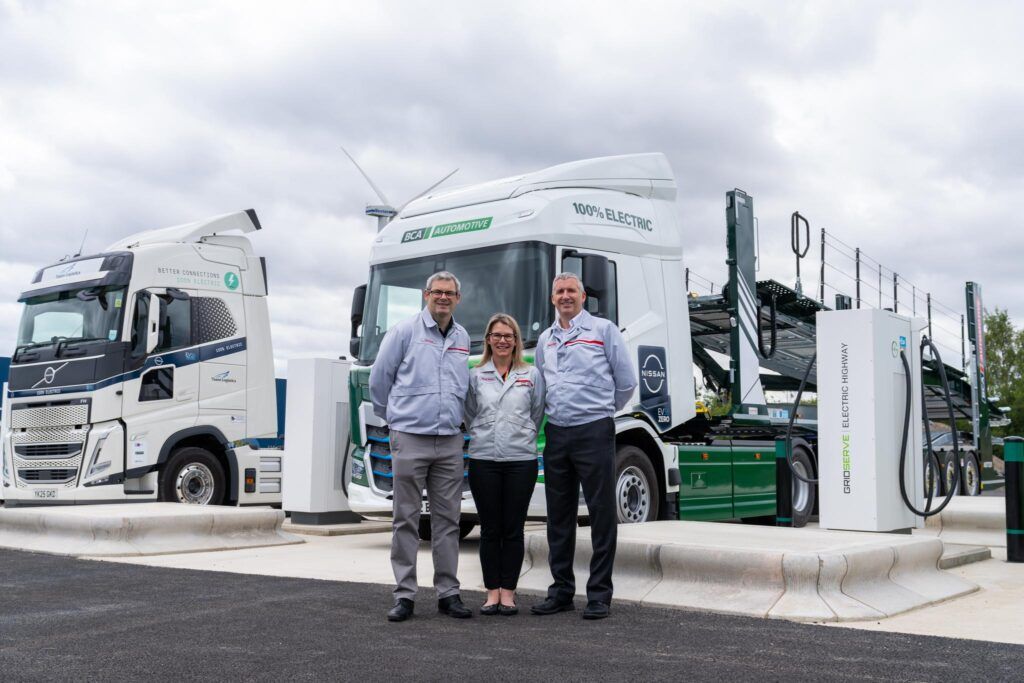Transport + Energy hears from Anthony Wicks, Key Accounts Manager, Self-Service GSV – Parking and EVC at Worldline, who discusses how the industry needs to approach enhancing electric vehicle charging (EVC) customer experience and EV adoption.
The fast-growing Electric Vehicle (EV) market is being spurred by governments in the UK and EU phasing out petrol and diesel vehicle sales from 2030, with hybrids due to go by 2035, yet delays to charging infrastructure across the UK and a lack of choice when it comes to payment options is stifling that growth.
Despite this, the EV market is growing, with EVs, plug-in-hybrid (PHEVs) and battery electric vehicles accounting for 10% of total car sales in 2020 – a 180% growth in the market.
London has been a key adopter – especially with taxi drivers – thanks to the incentive of paying no congestion charge for battery electric or hydrogen fuel cell vehicles from October 25, 2021.
Almost 260,000 pure-electric cars and 535,000 plug-in models, including PHEVs, were on the road at the end of May 2021, yet there were just 25,000 public charging points. The Competition and Markets Authority predicts we will need more than ten-times that by 2030 according to a report on EV charging.
Big manufacturers and fleet sales
Big car manufacturers are focused on EVC – Audi, Jaguar, Volkswagen and Volvo have all announced the phasing out of new petrol and diesel car sales, while Tesla, Volkswagen and Nissan have all developed their own private membership charging infrastructure and offerings, but the memberships are private, closed-loop and too restrictive, with no industry-wide compatibility.
Fleet sales are another big driver of the EV evolution. The EV commercial fleet in the UK is expected to increase from 2.3m in 2020 to 9m in 2025 with 1-in-3 fleet managers committed to electrifying at least half their fleet.
Commercial EV vehicles have already accounted for over 50% of EV registrations last year with delivery company DPD, for example, currently delivering up to 100m parcels by EV per year to 25 towns and cities.
Its EV fleet has risen from 149 in 2019, to 730 in 2020 and is expected to reach 4,500 in 2025. DPD is expanding its depot charging infrastructure to cope as many of its drivers are currently charging their delivery vehicles at home. But this is impractical for those living in urban or rural areas and those in rented accommodation.
Financial model
However, customers are still paying a premium for the EV vehicles – the average price is £49,377. Yet fuel savings for customers with EV cars are staggering. Home-charging a car for up to 200 miles costs just £2.50 according to industry estimates, £27.50 less than petrol car drivers.
Depending on the vehicles you are comparing, the pence per mile cost can drop from as high as 20p per mile for a petrol car to less than 5p per mile for an electric vehicle (source: Smart Home Charge).
The average electric vehicle (EV) driver spends £310 per year on electricity to charge a car driving 10,000 miles a year at the UK’s average electricity price per kWh at home, according to recent study by Uswitch. But the charging network needs to expand both in urban and rural areas, and on motorways. Charging needs to be faster than the current 30-40 minutes too.
Payments and data
Currently there is little choice of how to pay for your EVC facilities and this needs to improve to allow contactless or card payments to increase the ease of use. Competitive pricing will also create a better experience and prompt customers to choose more flexible and cheaper providers.
Addressing this will help network operators too as they can get real-time guaranteed payments, aggregated data, payments mechanisms/platforms and reporting. But kiosk facilities can be a challenge to provide, especially as smartphone connectivity can be patchy.
In addition, payments standards such as the Payment Services Directive (PSD2) and Open Banking need to be unified. If the user has confidence in the EV Charging infrastructure, the adoption of electric vehicles will increase.
Conclusion
Investment by government, a recalibration of tax policies to fund investment and proper collaboration between private and public sectors will be needed to successfully boost the EVC sector in the next few years.
EVC customers need choice in payment methods. While we aren’t there yet, payment technology players are increasing choice, removing market friction, encouraging and enable collaboration.
AW















